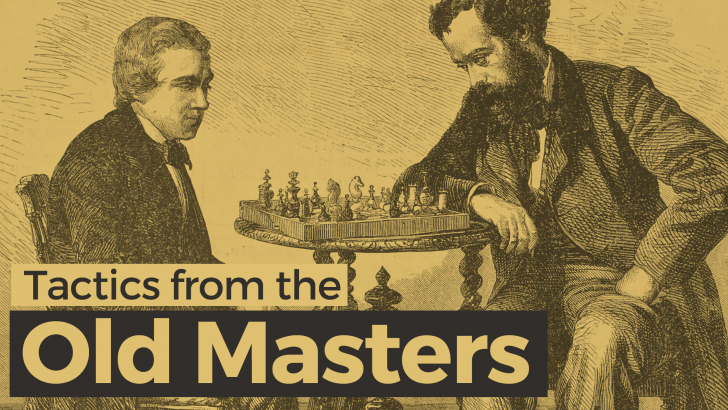Tactics from the Old Masters
Are you ready for some touch tactics?
Are you an advanced player looking to improve their tactical skills? Have you ever wanted a more structured way of learning advanced tactics? Then this course is for you! This module contains tactical problems conducted by masters from the past that will challenge a player rated around 1700 or higher if attempted without using any of the hints. Improve your tactical vision today!
Here is what you will learn:
- Close the mating net on your opponents' kings.
- Win material.
- Learn from the great games of past masters, including world champions!
